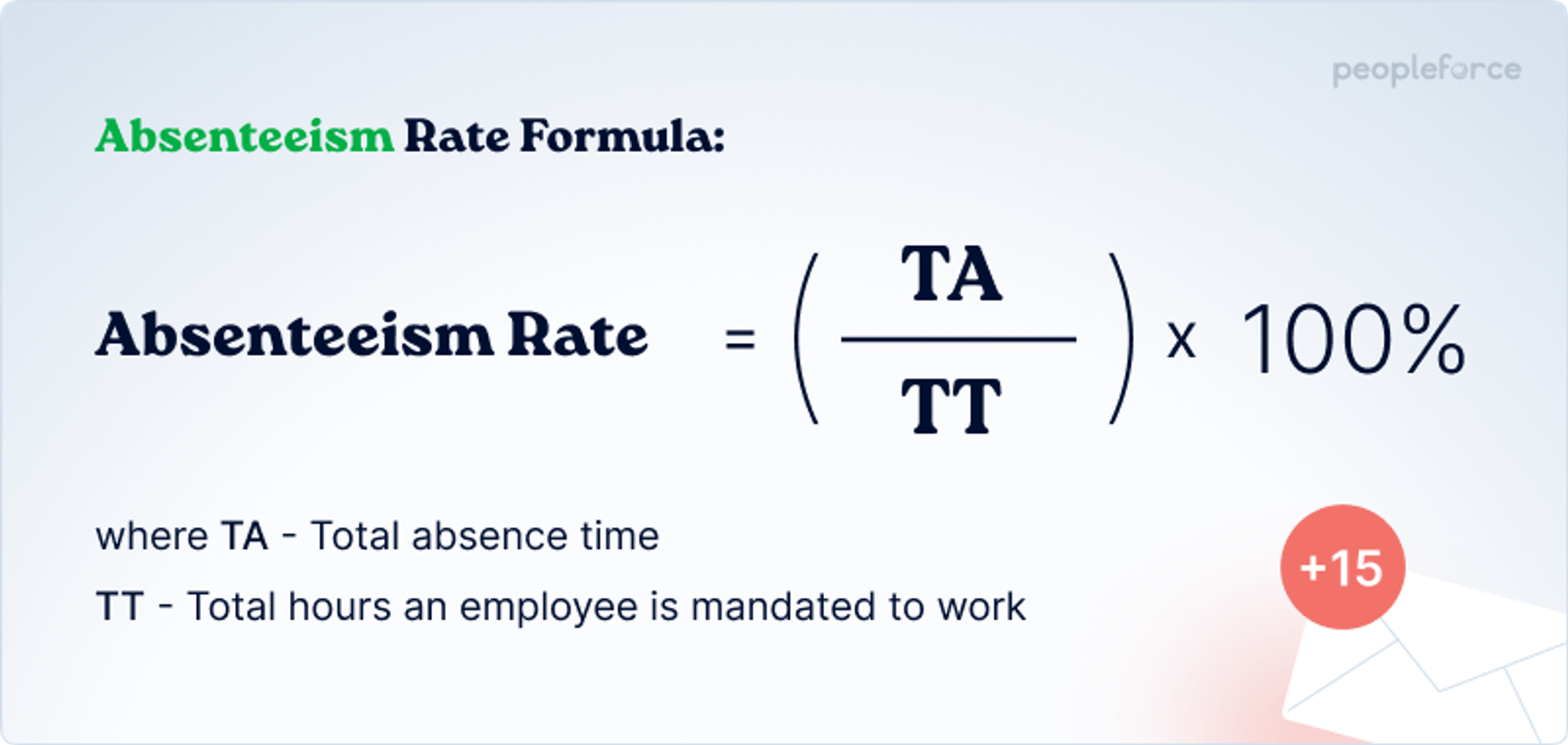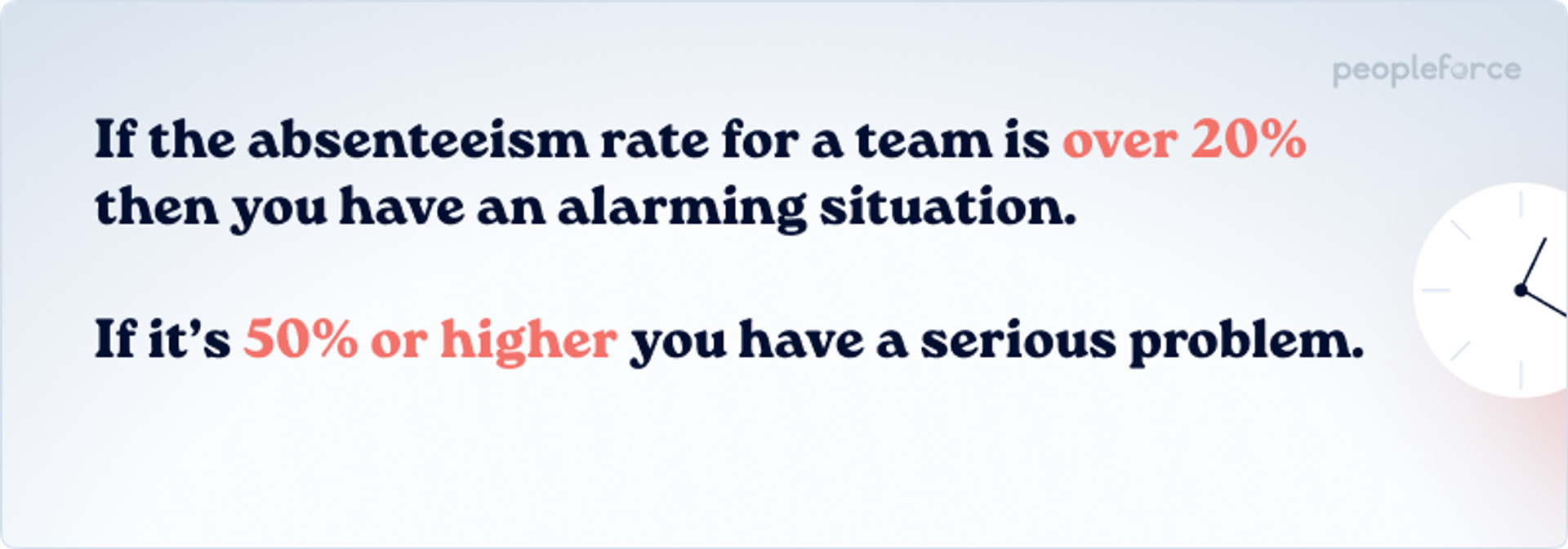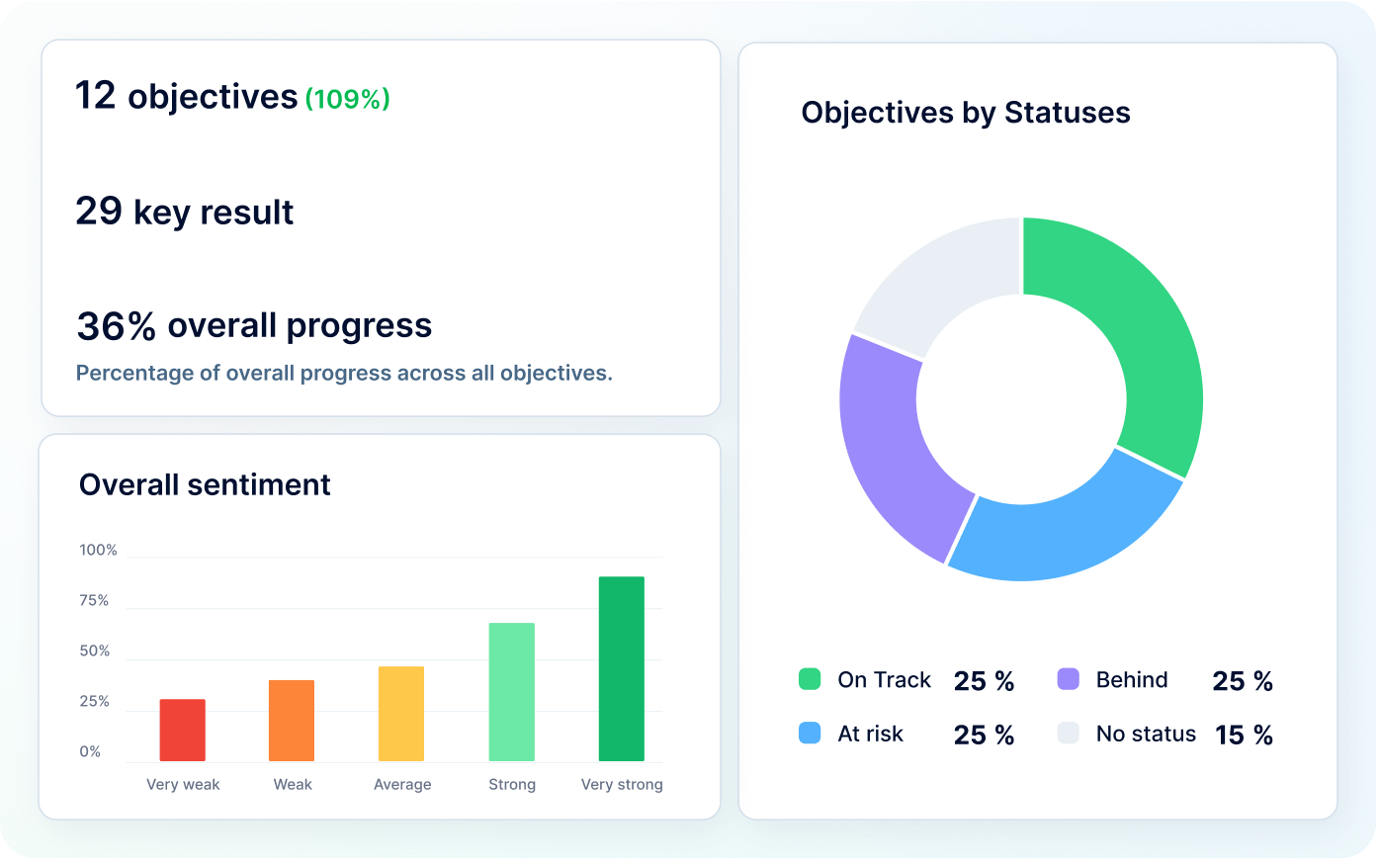
How to reduce absenteeism in the workplace
Is an employee absent from work without good reason? If concerns about this problem become re-occurring and the employee's efficiency level decreases, the question arises; Have they fallen into the curse of absenteeism?
Let's break down what absenteeism is, how it’s evolved, and how you can prevent it thanks to automated HR systems.
Absenteeism in the corporate world
Absenteeism originally covered all absences from work, including for valid reasons such as sick leave or vacation. However, over time, the concept has taken on a more negative connotation and now, absenteeism usually refers to unplanned absence from the workplace or shirking one's obligations.
The terminal stage of absenteeism leads to dismissal. All these factors negatively influence the company's work and reduce the efficiency of its workforce. Accordingly, reducing absenteeism is one of the most important tasks for HR managers today.
Many nuances should be taken into account because every employee and every team, as well as every company, is inherently individual. However, general recommendations for avoiding or eliminating absenteeism are still useful. We’ll get to that in a bit.
How is absenteeism measured?
It is necessary to ascertain the actual absenteeism rate to understand whether absenteeism is occurring.
The formula is as follows:
(TA/TT)*100%, where
- TA - Total absence time
- TT - Total hours an employee is mandated to work
Note again that absenteeism includes valid reasons for absences, such as sick leave and vacations, and unexplained absences. Therefore, you should consider the sum of all the days of an employee's actual absence from their workplace.
The results should be analyzed by comparing the rate you’ve just arrived at with previous measurements. If an upward trend appears, one should analyze the difference between valid reasons for absences, and absences due to unexcused reasons or mistakes.

It’s best to analyze the absenteeism rate in two ways. Assessment in dynamics will allow you to notice changes during a specific period; for this purpose, the absenteeism rate should be checked regularly. Comparing the absenteeism rate of several employees or departments on the other hand, will help you to identify the most problematic persons involved.
If the absenteeism rate for a team is over 20%, you have an alarming situation. If it’s 50% or higher, you have a serious problem.
How does absenteeism affect the team?
There are three main effects of absenteeism on a team, regardless of whether legitimate reasons like sickness cause it, permitted days off, etc.
- Reduced peer productivity
Unplanned absences increase pressure on colleagues who must perform the duties of the absent individual(s) to keep the office running. They may have to postpone their tasks, resulting in lower productivity overall.
- Decreased morale and increased mental health problems
The impact of absenteeism on productivity goes beyond simple task performance and affects both the mental and physical health of employees who have to deal repeatedly with the consequences of poor attendance. With a change or increased job responsibilities, employees may experience higher stress levels in the workplace, resulting in lower morale.
- The financial impact of absenteeism
For many companies, the impact of absenteeism takes time to make itself felt. Employees don't attend work but get paid despite not meeting their obligations. In addition, replacing employees may cost more than the cost of wages. The company may have to compensate current employees for overtime or spend extra hours and money to train new employees.
All of this leads us to the question - How can you prevent your company from having a high absenteeism rate?

Top 10 tips for reducing absenteeism in a company
1. Implement a transparent leave system that’s easy to track. Make sure it's simple to file leave requests, adding the possible or mandatory note or an explanation, a reference etc.
PeopleForce's leave policies can help you in this situation. Our policies can be set up so that employees can access all available information about the days they are permitted for personal time off. That way, they can request an absence, provide the reason, and the manager will decide whether or not to confirm the leave.
2. Review employees' salaries once every approved period, for example, every six months. In many cases, employees simply lack the motivation to work productively due to inadequate or non-competitive pay.
3. Implement a mental health assistance program as 80% of employees today report stress at work, and nearly half say they need help dealing with it. When a team is stressed for an extended period of time it can lead to health problems, leading to chronic absences. Extra vacation days, paid days off, maternity leave, flexible working hours, bonuses, etc, are all benefits that add value beyond just a paycheck and help ensure low absence rates.
4. Respond to unplanned absences. If you begin to notice a negative pattern of behaviour it's time to address it now, not later. What might have been just a small issue can quickly become a significant problem in a short period of time.
5. Communicate regularly with your employees through joint calls, 1-on-1 meetings, or by collecting feedback through company surveys. What team members won't tell you in meetings, they can tell you in a survey anonymously.
1-on-1 meetings and surveys are available in the PeopleForce system so that you can gather feedback and opinions from your subordinates or colleagues before absenteeism, burnout, or problems with stress occur. The great advantage of meetings is that you can write down an action plan right then, and develop a new career plan for the employee if it helps them with excessive absenteeism. On the other hand, the advantage of surveys is that they are simple to create and publish.
6. Find the root cause of excessive absenteeism. Sometimes the crime is hidden in the simplest things. Understanding the most common reasons for absenteeism can help you minimize the time people miss. Stress? Overwork or boredom? Bullying or toxicity in the workplace? Lack of recognition and/or financial benefits? A personal problem? Knowing what your employees are going through can help you eliminate a problem before it becomes unmanageable.
7. If you know your employees are overwhelmed, make their lives easier and review their work tasks, perhaps they need a fresh look at blockers. Also, keep an account of tasks in a task-tasking system.
PeopleForce includes the PeopleTime module, which tracks hours or days spent on projects. If you find that your team has an urgent need to clearly differentiate how much time its members spend on different situations then use the module's functionality. Don’t forget to consider whether someone in the team is overworking or taking work on for themselves, and as a result, is stressed and not coming to the office.
8. Keep an eye on the absenteeism rate of new employees. If it has suddenly increased, you may have a problem with the adaptation period when newcomers don’t fully understand their tasks, or corporate rules or values.
9. To avoid unnecessary hassle with adaptation, automate your onboarding process with an HRM system. This will help you to ensure you don’t miss anything with new employees and that all values and contract terms are settled properly.
10. In tandem with taking care of employees' mental health, take care of the soft skills of management too. Don't pressure employees if you feel fluctuations in absenteeism rates, but try to figure out what's wrong and whether you're to blame as an employer in the first place.
Summary
If you want your team to trust you, then trust your employees. If the level of absenteeism at your company is increasing then look at how you have been working with your team. Don’t use special software to supervise their actions on screens every second.
Process optimization, which we cited as an example above, is useful to anyone worried about the effectiveness of their staff. In small steps and with your own hands, you can bring order to relations between employees and reduce absenteeism. We can give you a demo presentation of the HRM system features specifically for absenteeism, so if you are interested, please contact our managers for help.
Get started with PeopleForce today
Automate your HR routine to create a high performance culture in your company. PeopleForce is your best HRM alternative to stay business driven but people focused.

Recent articles
🎉 PeopleForce Wrapped 2025: a year of HR magic
2025 wasn’t just about shipping features — it was about making HR work better at scale. Let’s unwrap everything we built together.
OKRs vs. KPIs: Choosing the right framework
Unsure when to use OKRs or KPIs? Learn how to choose the right framework to maximize your team’s success.
Why OKRs feel like hell (and how to make them simple)
Why OKRs feel like chaos: missed goals, messy reviews, and burnout. Learn how to simplify goal-setting and reclaim clarity quickly.

